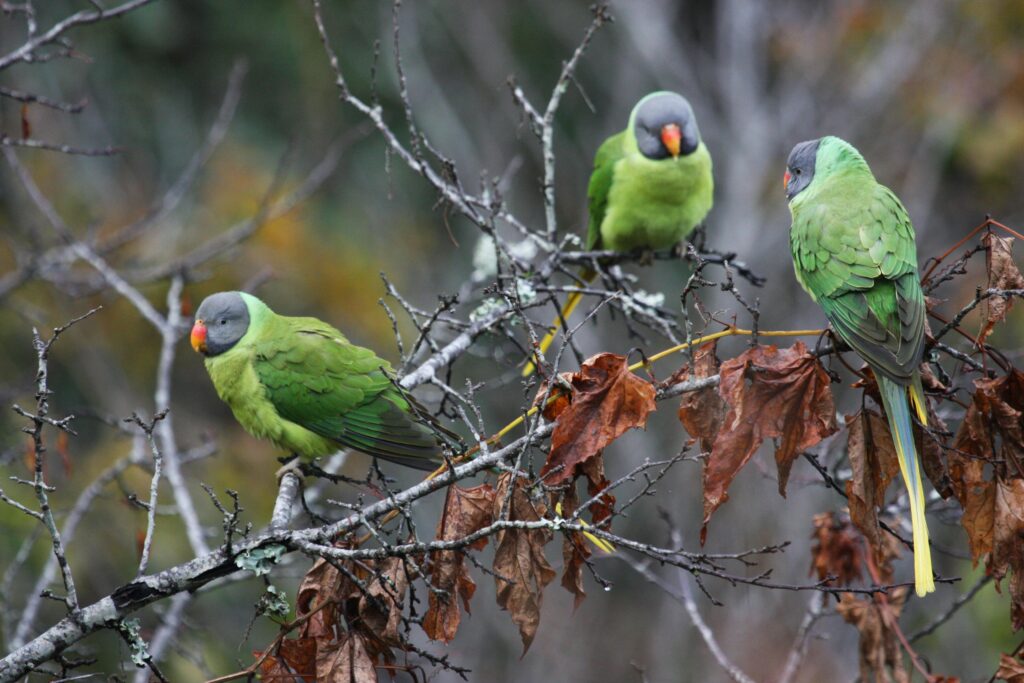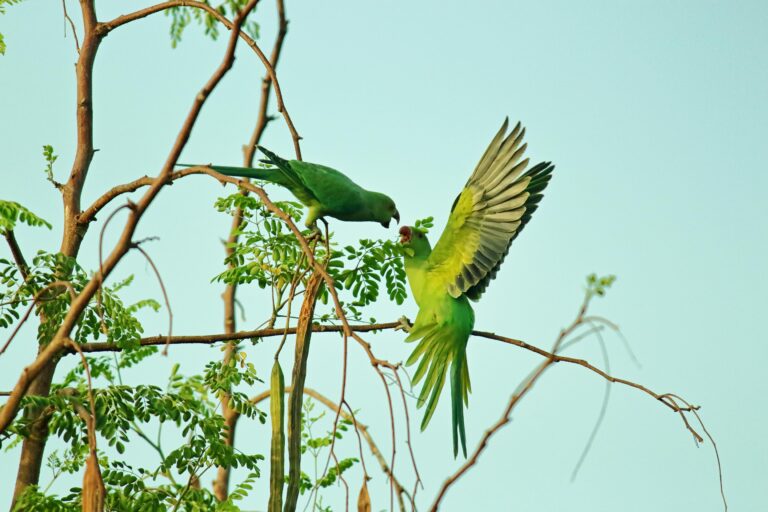Introduction
When it comes to keeping your parrot happy, healthy, and mentally stimulated, natural elements play a big role. But not all greenery is safe. So, the big question stands: Is coral tree safe for parrots? This question has stirred curiosity among bird lovers, especially in the USA where landscaping often includes this vibrant tree. In this guide, we’ll explore everything you need to know about the coral tree and avian toxicity, offering clarity, safety tips, and safer alternatives.

What Is a Coral Tree?
The coral tree, scientifically known as Erythrina, belongs to a genus of flowering plants in the pea family, Fabaceae. Known for its bright red or orange blooms that resemble coral, the tree is admired for its aesthetic appeal and is commonly found in warm climates, including parts of the USA.
There are over 100 species of coral trees globally. Popular species like Erythrina crista-galli (Cockspur coral tree) and Erythrina variegata are often used in home gardens and public landscaping. These trees are eye-catching and easily attract wildlife—including birds.
Is the Coral Tree Safe for Parrots?
The direct answer? No, most coral tree species are not entirely safe for parrots. While some parts of the tree may appear harmless, others contain toxic compounds.
Parrots are naturally curious and often use their beaks to explore new textures. This behavior makes them vulnerable to toxins found in unfamiliar woods or foliage. Several species of the coral tree contain alkaloids that can affect the nervous system of birds. This makes the coral tree a potential risk to parrot health.
Potential Toxicity
The primary concern with the coral tree is its toxicity. The seeds, bark, and leaves of many Erythrina species contain erythrina alkaloids. These alkaloids are known to cause neurological and gastrointestinal symptoms in animals, and birds are no exception.
Common Symptoms of Coral Tree Toxicity in Parrots:
- Lethargy
- Drooling or regurgitation
- Seizures
- Uncoordinated movements
- Lack of appetite
Birds have a much more sensitive metabolism compared to other pets, which makes toxic plants for parrots a serious matter. Even small amounts of toxins can lead to severe reactions.
Safe Species Considerations
Not all coral trees are created equal. While some native species in South America or Asia might be less toxic, many coral tree types found in U.S. landscaping fall under the risky category. Identification is key. Relying solely on the common name “coral tree” can be misleading.
Always verify the botanical name. Some Erythrina species might appear on both safe and unsafe plant lists depending on local variations, age of the plant, and preparation method. To avoid confusion and risk, stick to non-toxic trees for birds that have been verified by trusted avian sources.
How to Create a Safe Environment for Parrots
Creating a parrot-safe environment means going beyond just choosing the right cage or diet. It includes the plants and branches you allow near your pet.
1. Research Before Introducing Any Plant
Use trusted sources such as the ASPCA plant database, avian veterinary guides, or the Association of Avian Veterinarians. Always check both the common name and botanical name of a plant before bringing it into your bird’s living area.
2. Offer Safe Alternatives
Rather than guessing about the safety of coral tree for birds, opt for verified parrot-safe plants and bird-safe trees:
- Apple branches (untreated)
- Willow
- Elm
- Manzanita
- Grape vine
These options provide both natural enrichment and bird-friendly houseplants.
3. Monitor Your Parrot’s Behavior
Even with “safe” plants, monitor how your parrot reacts. Watch for signs of stress, disinterest in food, or unusual droppings. Sometimes it’s not just about toxic trees for exotic birds; allergens, pesticides, or mold can also cause issues.
Why Natural Perches Matter for Parrots
Parrots don’t just perch; they explore, chew, and play with their feet. Natural perches mimic what they’d find in the wild, promoting foot health and preventing issues like bumblefoot.
Synthetic perches can be too uniform in size and texture. Natural ones allow birds to grip differently, which reduces joint strain. However, the key is choosing safe branches for parrots. The coral tree toxicity concern makes it a poor choice despite its rugged texture.
Ensure the Branches of Coral Tree Are Safe for Parrots
If you’re still considering coral tree branches, they must be treated properly. However, due to the coral tree toxicity for pet birds, it’s risky.
If you absolutely must use a coral tree branch:
- Strip the bark
- Soak in boiling water
- Bake at 200°F for 1 hour to kill any pests
- Let it dry completely
Still, most experts advise against this. Better to choose non-toxic plants for parrots to avoid long-term health problems.
Alternatives to Coral Tree for Enrichment
You don’t need coral trees to keep your bird enriched. Try these instead:
- Natural chew toys made from safe wood
- Coconut shells and rope toys (untreated)
- Fresh herbs like basil or rosemary (check each for safety)
- Bird-safe indoor plants like spider plant, bamboo palm, and areca palm
These enrichments support both physical and mental health while aligning with a parrot-friendly garden setup.
Consult an Avian Expert
When in doubt, always consult a certified avian veterinarian. Not every bird reacts the same way, and an expert can tailor advice to your specific bird species.
They can also help identify early signs of plant-related toxicity or recommend trusted parrot diet and plant safety resources.
Conclusion
So, is coral tree safe for parrots? While visually appealing, most coral tree species present a genuine risk due to the presence of toxic alkaloids. These compounds can significantly harm your bird’s neurological and digestive systems.
To keep your bird healthy, focus on bird-safe garden plants, parrot-safe foliage, and trustworthy branches like apple or willow. Avoid risky options like coral tree unless you have specific, science-backed confirmation of safety.
Parrot environment safety isn’t just about avoiding harm—it’s about actively choosing elements that nurture and enrich your feathered friend’s life. When it comes to the coral tree, the safest move is to admire it from a distance.
